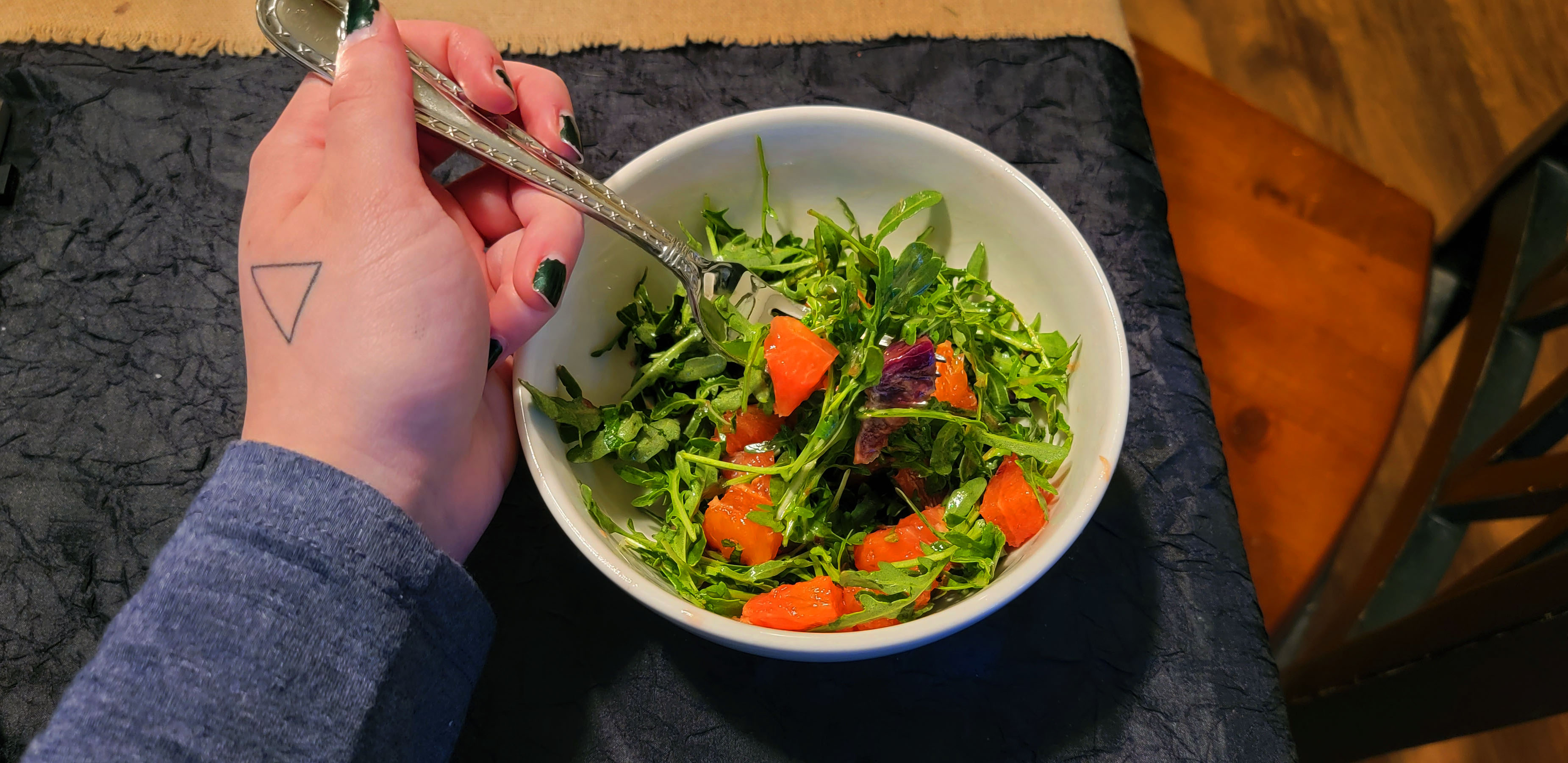Tips for updating the resume in 2021
Allison Vanderzanden | Lifestyle Editor
Summer time, for some, means summer jobs. Though we aren’t quite to summer break, now is the perfect time to start preparing for job hunting, including updating the resume. The resume is the ticket to an interview, meaning it can make or break one’s chance at getting hired. Follow these tips for creating a resume that will stand out among the rest this year.
Start by choosing a desirable format. According to indeed.com, the two most popular resume formats are chronological, which focuses on consistent employment history, and functional, which focuses on relevant skills. Whichever layout is chosen, be sure to organize the information using clear headers above each section and a readable font.
Some resume tips learned back in high school could be outdated by now. For example, in most cases, it is no longer necessary to include a mailing address since everything is digital nowadays. Objective statements have also gone out of style — after all, employers know what an applicants’ goal is. Additionally, be careful to not overload the resume with too many items; pick and choose relevant work, volunteer and education experiences based on the job.
2021 has been eye opening, including for employers. According to writingguru.net, some common skills jobs will be looking for in 2021 include adaptability, versatility and innovation ⏤ especially in the face of COVID-19. Technological literacy is also increasingly important, as are strong online and in person communication skills.
Keep in mind, however, that each job will value different skill sets. Study the specific job description being applied for, and include relevant keywords and skills on the resume. This is also important in the face of applicant tracking systems, which are pieces of software that automatically filter through resumes based on keywords. Many companies rely on ATS technology to sift through the dozens of applications they receive. Be sure to include some keywords from the job description, but be honest: make sure all included skills are demonstrable when it comes time for an interview.

Contact the author at avanderzanden19@mail.wou.edu








